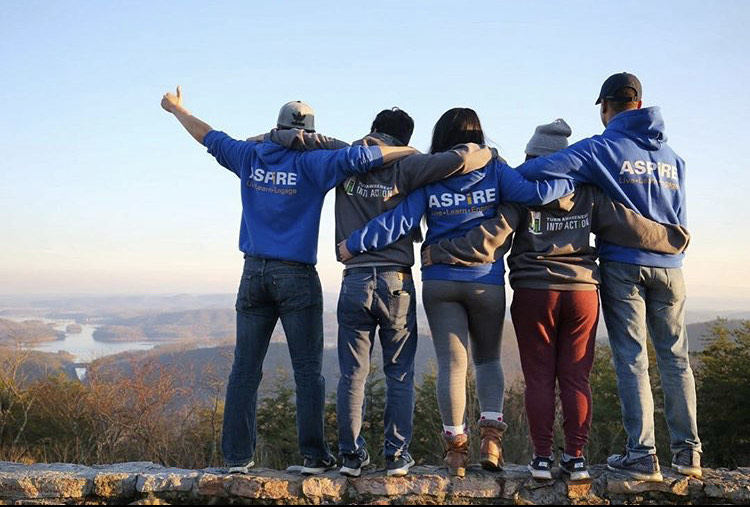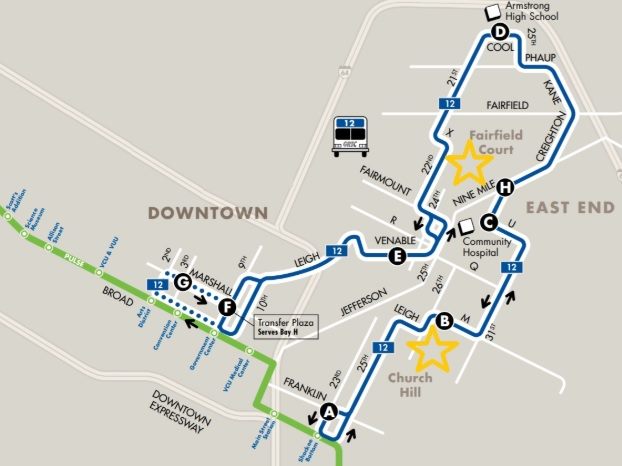“Attack of the Killer Thumbs” aims to provide answers to your garden quandaries and your houseplant conundrums. We think plants make our lives and homes and balconies a better place to be. But we also know that you aren’t made of money. Here you will not find...





